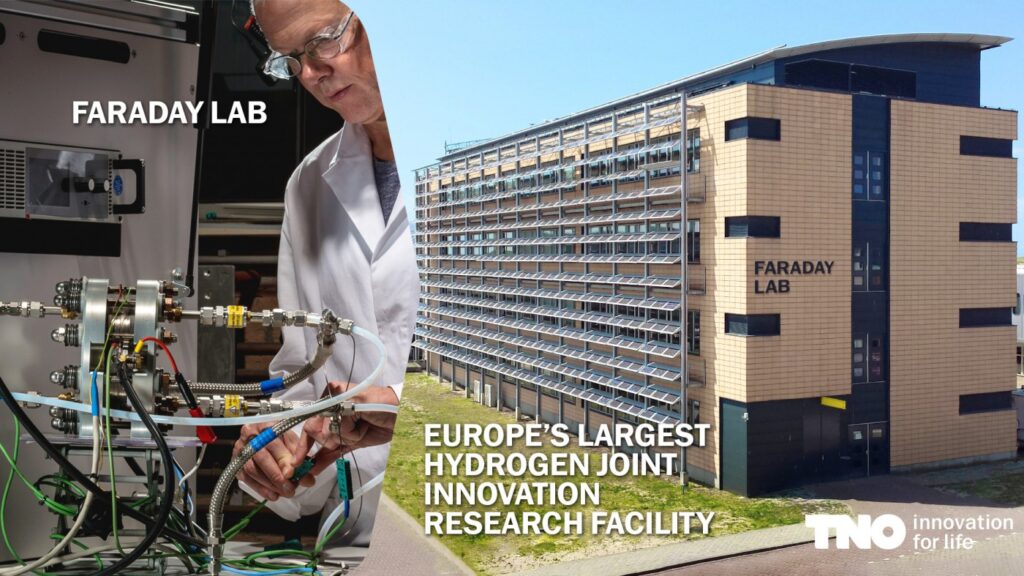Next Level Solid Oxide Electrolysis
By Julian Atchison on March 02, 2022
A high-powered consortium of academic & industry partners – VoltaChem, TNO, ISPT, Air Liquide, BP, and OCI – will explore the upscaling potential of solid oxide electrolysis (SOEC) to an industrial scale. The government-funded initiative will look at SOEC in three applications: hydrogen production in an ammonia plant, integrated syngas, green & blue hydrogen with downstream processing into e-fuels, and carbon monoxide production.
Given SOEC tech requires high operating temperatures (typically between 500 and 850 degrees Celsius), heat integration and relevant retrofits will be explored based on existing plants. The study aims to present a viable roadmap forward for an SOEC demonstration plant integrated into an existing petrochemical facility.
This comes off the back of ISPT’s well-received One Gigawatt Green-Hydrogen Plant design, released in January this year. The detailed, virtual, greenfield design presents a roadmap forward for economically-viable green hydrogen production in the Netherlands by 2030.
Solid Oxide Electrolysis: a refresher
The popular topic at Ammonia Energy is well explained in the project announcement:
SOEC converts steam and/or carbon dioxide directly into hydrogen gas, carbon monoxide, and oxygen. In comparison to AWE and PEM, the technology has two main advantages:
1. It has a higher conversion efficiency due to favorable thermodynamics and kinetics at higher operating temperatures.
2. SOEC can be integrated with a range of existing down-stream industrial processes, which results in the generation of synthetic fuels, methanol, ammonia, and recycling of captured carbon dioxide.VoltaChem’s official press release, 24 Feb 2022
A solid oxide electrolysis cell (SOEC) is a solid oxide fuel cell that runs in regenerative mode to achieve the electrolysis of water (and/or carbon dioxide) by using a solid oxide, or ceramic, electrolyte to produce hydrogen (and/or carbon monoxide) and oxygen (typically between 500 and 850 degrees Celsius).
While alkaline water electrolysis and PEM electrolysis are considered mature technologies, SOEC is considered very promising, but still has some path to travel. In early 2021 Haldor Topsoe and Aquamarine signed an MoU to develop an SOEC-based ammonia production plant in northern Germany, and Topsoe’s SOEC-based technologies have been a regular feature at our conferences. We watch the space with keen interest.
